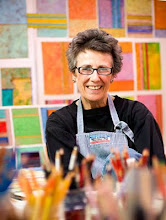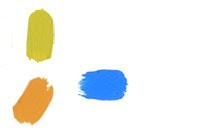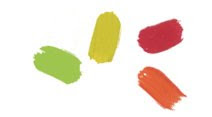Last week I mentioned Nicole Krausse, author of Great House. In an interview on NPR, she speaks of the willful uncertainty she struggles to maintain as she writes, and which she instills in her characters. “I think the characters in this book are struggling,” she says — “and yet, it is their efforts to escape their solitude that makes them most alive.”
M. Scott Peck declares “life is difficult” in The Road Less Traveled. Why then choose a life in the arts? We already know that only a small percentage of those who do actually rise above poverty level with their art. Most have to surrender to a day job, teaching if they’re prepared for it and lucky, or something totally unrelated to their natural inclinations. My own experience of that evolved into feelings of self-betrayal. That sounds rather dramatic, even to me as I write, but I’ll stay with it. I was living a life that wasn’t mine. More drama there, I know. Krause says of her characters: "All of them are dissatisfied with that alienation or that isolation that they feel. They all quite desperately would like to be known, would like to be seen and understood, would like to communicate themselves. I feel the litheness and exhilaration of their effort. The effort to be known and go beyond solitude."
She’s even more dramatic than I am. I don’t think so much of “being known” but more about being who one is, comfortable in the self. I walked out of the life that I was living and took with me only my children. I left the country I had lived in for twenty-four years, an equally long marriage, a good job (I was offered chairmanship of the department when I tendered my resignation), and came back to this country in mid-life, full of fantasies and fears about the choice I was making. There is still some sadness about the comforts abandoned and (hard to admit this) the things I owned. But never anything even remotely like regret. This life I have is replete with uncertainty and struggle. And overflowing with the “litheness and exhilaration” Krausse speaks of.
I try not to get this personal here; I start writing without intending to spiral inward in this way. I wish I were writing fiction because then I would speak of a character that I could design to my specifications. About painting, I wonder: “Does anyone see what I see?” And about the roads we take, “What reasons are there for choosing the more arduous one?”
The image above is Pulse, ©2008, Acrylic and Mixed Media Collage on Museum Board. For those who missed my open studio, remember that it is easy to purchase a fine print at my Etsy site, or if you are in the area, call to make an appointment for a studio visit.
The image above is Pulse, ©2008, Acrylic and Mixed Media Collage on Museum Board. For those who missed my open studio, remember that it is easy to purchase a fine print at my Etsy site, or if you are in the area, call to make an appointment for a studio visit.
















